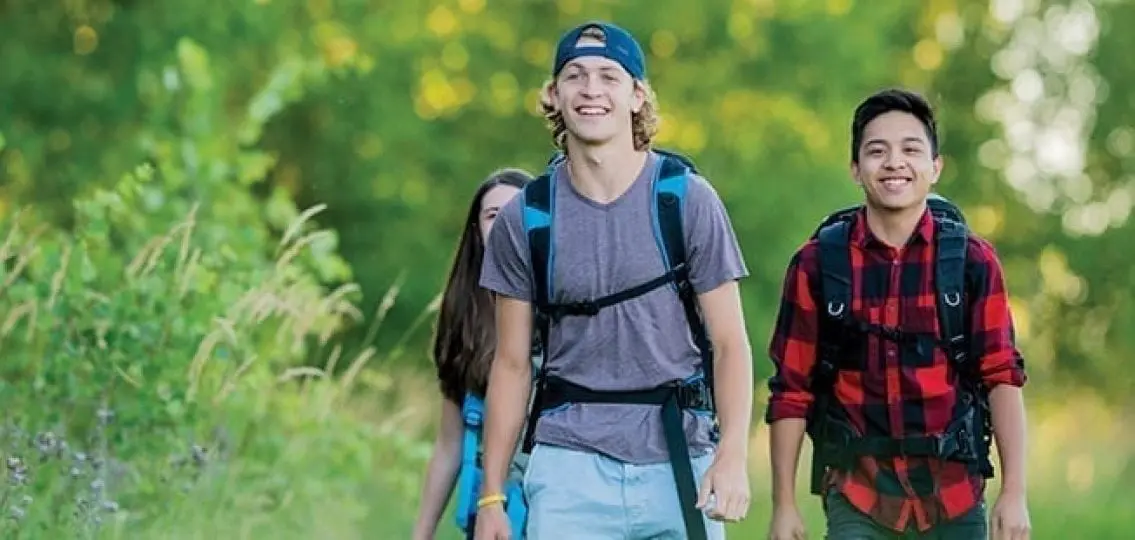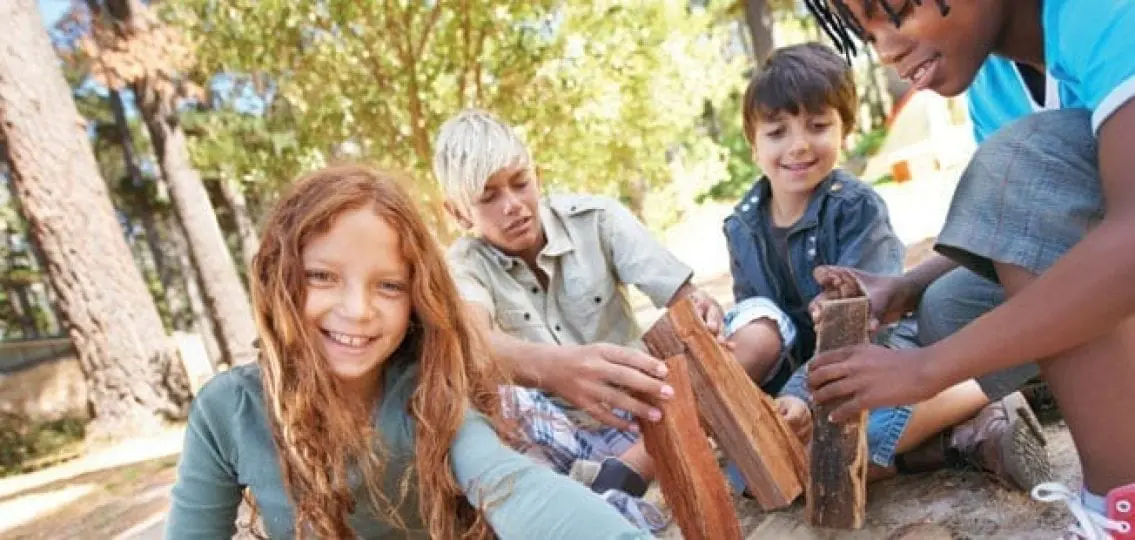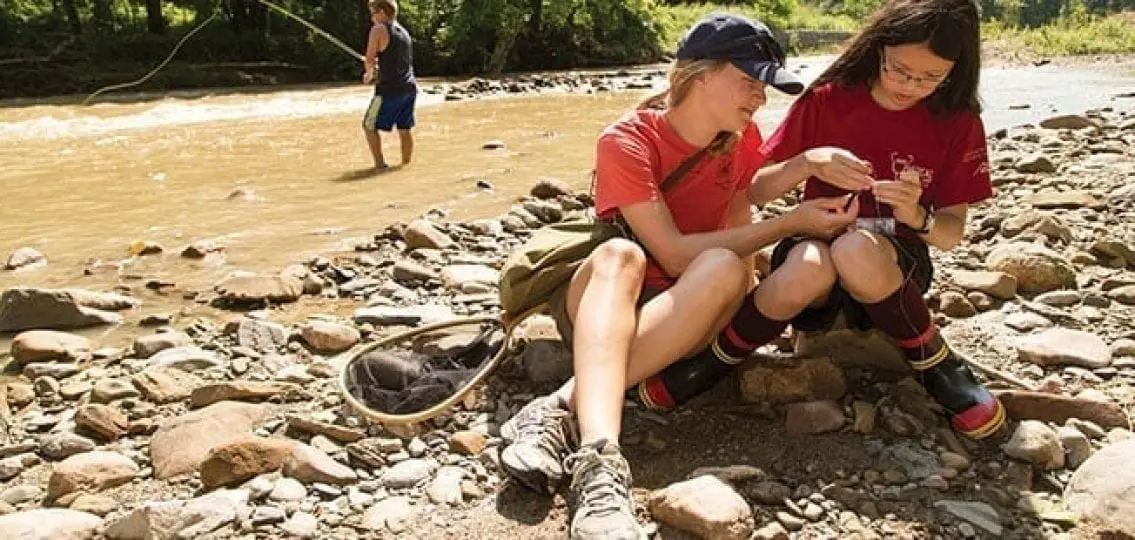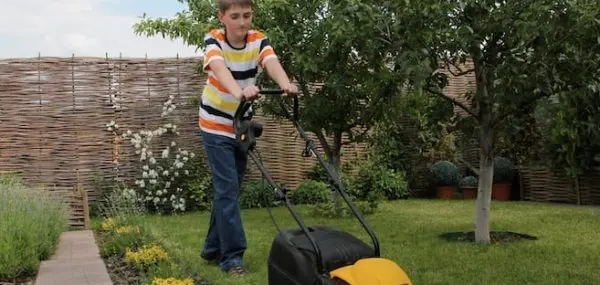You can’t see it, and sometimes you may wonder if it’s working. But your teen’s brain, weighing in at roughly three pounds, is moving through critical stages of development right about now. After a school year of sitting at desks and looking at screens, it’s time for a change. And the best thing to help that brain grow might be to take it outside.

[adrotate banner=”38″]“Outdoor education and nature exploration are tailor-made for the robust development of a teen’s cerebellum, and other brain areas as well,” says psychologist Thomas Armstrong, author of The Power of the Adolescent Brain.
The good news is that there are a growing number of outdoor programs offered by recreation departments, nature centers, and museums that are geared toward teens. Even your backyard can become an “outdoor classroom.” Try planting a vegetable garden. Or building bird feeders. Or installing a composting system.
“I find teens learn well outside because it is a fully immersive experience. Nature engages all of their senses at the same time,” says Julia Swanson, outdoor education coordinator at the Cleveland Museum of Natural History.
“Teens can enjoy the mental challenge of solving a scientific puzzle, the physical challenge of collecting the data, and the emotional reaction of being in a beautiful place, all at once.”
Each summer, the museum offers weeklong backpacking excursions. Swanson finds that teens who accompany her learn a whole lot about plants, wildlife, camping etiquette, nature conservation—and themselves. “They learn they can step out of their comfort zone and survive,” she says. “And they learn how their choices and attitudes make an immediate difference to each other and to our planet.”
Tabby Banks backpacked with Swanson one summer. “The first few days can be pretty rough. You get used to carrying a lot of weight on your shoulders,” she recalls. “And my bug spray was essentially ineffective! But I learned I enjoy nature a lot more than I thought I did. When you have just a tent separating you from nature every night, it makes you appreciate what you have—like a house, a television, your cellphone. But being outdoors was relaxing and calming compared to everyday life.”

That’s not the best thing for a teenage brain.
“What if instead, he spends time with outdoor sports, hiking in nature, exploring the fauna and flora of the outdoor world, and in other active behaviors? Then the brain is going to be wired in a more complex and functional way,” says Armstrong.
It doesn’t take a brain scientist to conclude that teens with more complex and functional wiring are better positioned to take on the emerging challenges of adulthood. Whether or not teens are aware of it, the great outdoors is full of hands-on lessons in math, science, and art. No wonder outdoor experiences can positively impact academic performance.
“The cerebellum is important in carrying out complex motor actions. Like those required in sports, camping, climbing trees, and hiking in nature,” explains Armstrong. “More recently, scientists have discovered that this area of the brain is also important in higher cognitive processes which reading, mathematics, and related skills utilize.”

So, when you’re brainstorming ideas to keep your teen occupied this summer, don’t skimp on outdoor activities. Connecting with nature can maximize the physical, emotional, and cognitive benefits of learning.




